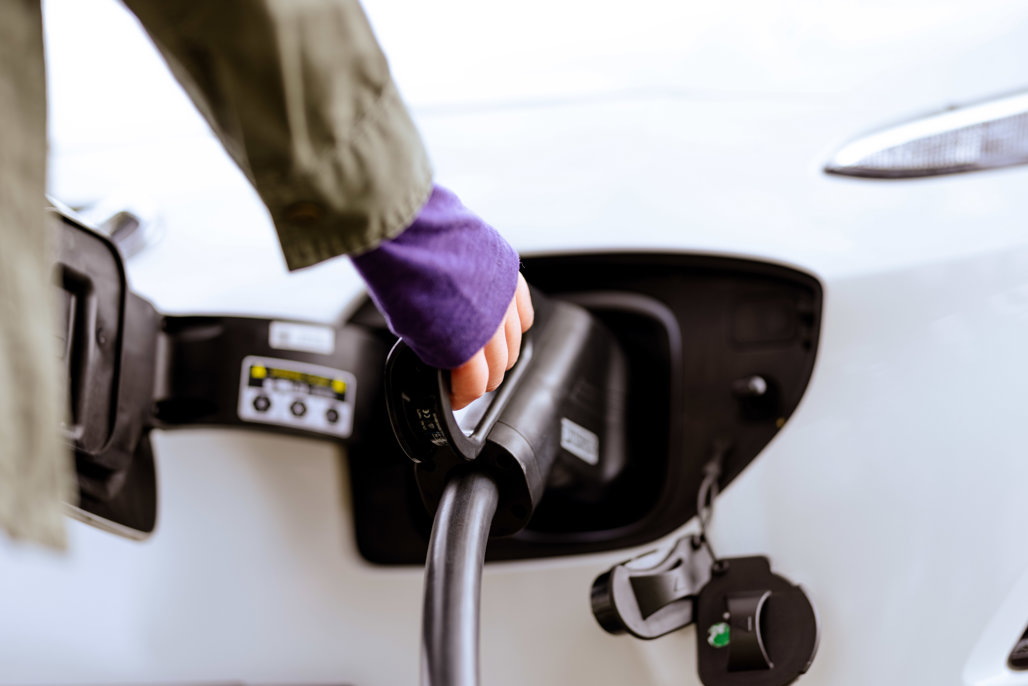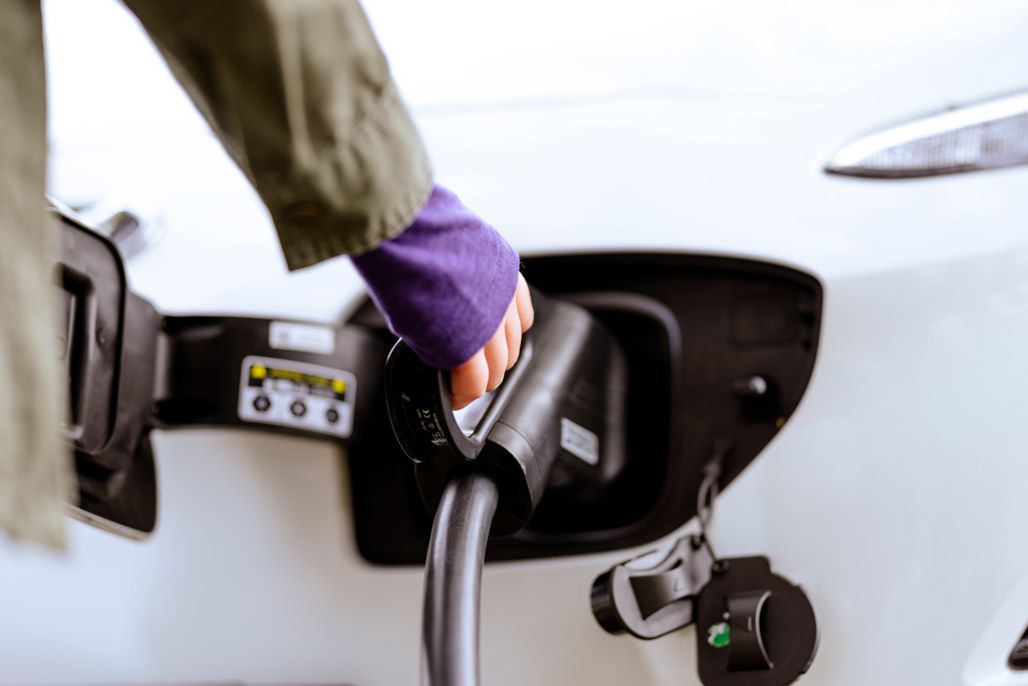The Government’s Energy Efficiency and Conservation Authority (EECA) has produced updated versions of its guides to AC charging for electric vehicles (EVs), to help educate buyers about the future need for and benefits of “smart charging”.

Smart charging involves hardware that can delay charging and/or optimise it for off-peak times, ideally using a real-time signal from the electricity supplier, to reduce charging cost and help spread the load on the grid.
EECA has previously produced publicly available specification (PAS) documents for both residential and commercial EV users, in collaboration with Standards New Zealand. These have now been updated to include smart-charging information and are free to download here.
Later this year, EECA is also planning a third PAS that covers “journey” charging – basically 50kW-plus DC fast-chargers at public sites.
Government figures suggest charging at home is the equivalent of buying fuel at 40c per litre, and maximises the value of renewable energy sources like hydro, geothermal and wind power.

Around 1700 new EVs are now joining the national fleet every month, and according to Government figures from 2022, 55 per cent of Kiwis would consider an EV for their next vehicle purchase.
The charging hardware on sale in NZ is not currently regulated. "The way we power [EVs] up plays a critical role in NZ’s electricity future," says EECA, "as the Government focuses on increasing electrification of our energy system”.
Brian Fitzgerald, EECA technical lead, says NZ is likely to integrate "demand flexibility" into the energy system in the near future, which means that smart chargers and other tech like smart heat pumps will be able to receive signals from electricity suppliers to optimise their electricity supply.
“EECA has found that the electricity industry has been largely in favour of the transition to smart chargers, as the cost savings, network stability and wider economic benefits are so clear cut,” says Fitzgerald.
EECA is currently working with the Electricity Engineers Association on a pilot to demonstrate the potential of two-way communication for EV charging.
“The FlexTalk Project will provide us with a playbook for implementing demand flexibility into our energy system, which will mean that consumers have the power to use electricity when it’s cheapest, greenest and most readily available,” says Fitzgerald.
“Reasons to transition to an EV are stacking up - they’re cheaper to run, produce fewer emissions, and you can refuel them conveniently at home. For many models, you can currently secure a rebate on them.”
“This transition will play a key role in decarbonising the transport sector, which accounts for around half of NZ’s energy-related emissions,” says Richard Briggs, EECA transport group manager.
“If left unmanaged, increased electrification will require an even greater investment in network infrastructure.
“This information is just one of the ways we are supporting Kiwis to make the best purchases they can when they’re making the switch to EVs, because it will help our whole energy system.”
The updated residential charger guidance gives advice and technical information on the best smart, efficient, and safe EV chargers that are on the market for use in homes and businesses, as well as a checklist for EV owners to ensure their chargers are installed safely.
Similarly, the commercial charger guidance covers off the types of EV chargers that are designed for use in commercial settings – like private parking facilities, dedicated charging stations, and ‘destination’ chargers that are installed in places like public gyms, swimming pools and community hubs.
This new guidance sits alongside EECA’s wider EV projects. The Low Emission Transport Fund (LETF) has co-funded over 1300 chargers across the country: there is now a charger every 75km across almost the entire state highway network. The network will further expand, with another $110 million of funding from the 2023 Budget.
The expansion aims to establish charging hubs every 150–200km on main highways, and public charging at community facilities for all settlements with 2000 or more people.




